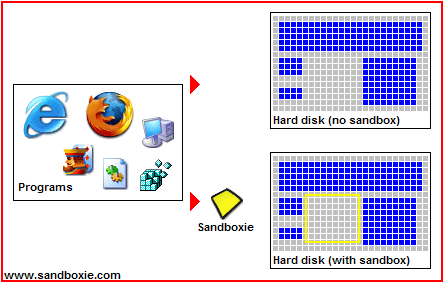If you open the email in a web client (ie, online at gmail.com or mail.yahoo.com, etc), you're generally very unlikely to experience any problems. If this email contained a script virus (very rare nowadays) it would generally require being opened in an email client locally installed on the computer in order to gain sufficient access to actually infect your computer.
Viruses, because of the popularity of web clients for email, have pretty much stopped sending themselves as emails in the last few years.
Spam is still a problem, and many viruses create spambots and enslave their infected computers as spam relays. But you're not going to catch a virus from the average spam message.
If you are using a local email client, don't open suspicious emails unless you've got the email client running inside a virtualized system that you can scrub easily with a reset.

Yes, but overkill – Kolob Canyon – 2018-09-11T05:53:14.527
It's kind of a work-around to install a VM and an OS just to check if a mail is suspicious. On the other hand, this most likely is the safest way of the ones listed here, +1. – Tamara Wijsman – 2011-08-24T20:37:37.683
This comment thread has been moved to a chat discussion. Mehrdad, please join... – Tamara Wijsman – 2011-08-24T21:11:27.263